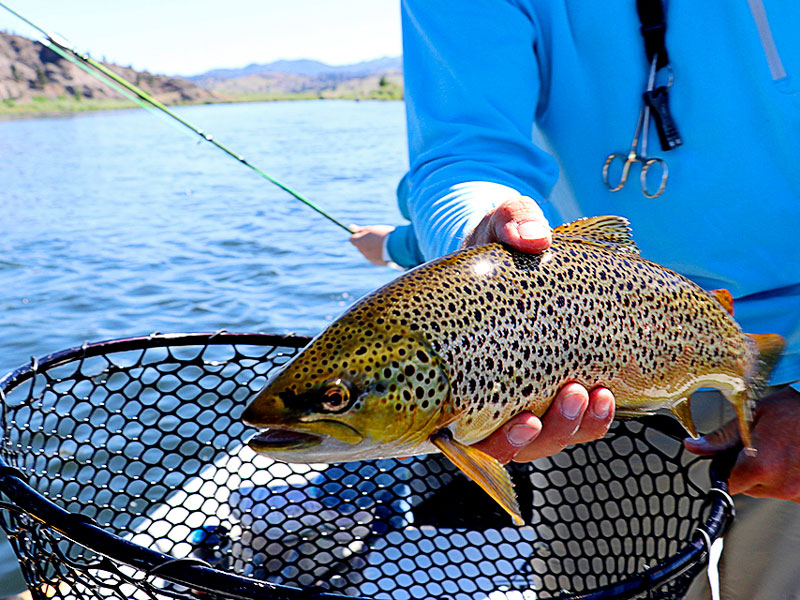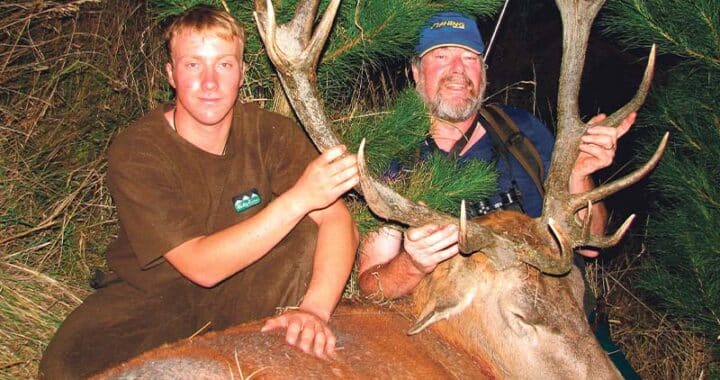Trout flies: keeping it simple
3 min read
Tony advices beginners to stick to a few simple flies. Photo: James Hills | Pixabay
I recently read an excellent book What Trout Want by American-born Kiwi Bob Wyatt. He describes himself as a “hard-core presentationist and impressionist.”
What he means is that his trout flies are not striving for exact imitation but only impressions suggesting an insect. Instead, he puts major emphasis in his trout fishing on presentation, i.e. the way he casts and presents the fly to the trout.
Wyatt, who lives in rural Otago – near some great trout rivers – has only a few trout fly patterns he carries, mostly simple dry flies or ‘emergers’ (hatching insects) tied from deer hair. His book is a down-to-earth practical one.
And he’s not alone in advocating simple flies.
Seventy or so years ago, the great Frank Sawyer – the originator of the famous Pheasant Tail Nymph – revealed in his classic Nymphs and the Trout that he used just five nymphs. There was the Pheasant Tail, which in itself, is a pretty simple trout fly to tie: cock pheasant tail herl and copper wire.
One of the others of his five was Sawyer’s Killer Bug, which was a simple pinkish fawn darning wool wound around the hook shank and ribbed with thin copper wire.

Then there was Captain Hamilton in New Zealand, an English immigrant in the late 19th Century, who wrote Trout Fishing and Sport in Maoriland in 1904 and fished the Manawatu around Dannevirke. He used five flies, which incorporated only “three colours of feathers and dubbing.”
His number five fly was a spider pattern: a hare’s ear dubbing body “put together with yellow silk and a brown partridge hackle”. He rated it his best of the five.
Possum fur is an underrated material for tying simple nymphs. The pelts come in varying natural shades of brown, grey, and other colours. On an individual pelt, you can get creams and auburn, with the tail being black.
I once had a Labrador named Sam who had a liking for hauling possums from stream-side scrub and racing to the stream edge to hold the hapless marsupial under the water and drown it. I made up a dubbing nymph from the black fur of a possum tail by putting a few red whisks for a tail, dubbing a black body and ribbing it with copper wire.
I christened it Sam’s Fancy and in a small size 14, it took fussy brown trout from the upper Manawatu. And it’s done well since, too.
Read more: Countdown to new trout season underway
Read more: Tackle and tactics: summer trout
Read more: Beetle bait for trout fishing
I was once given a wallaby skin for tying flies and I tied a simple pattern of wallaby fur dubbed, ribbed with gold-copper wire, and with yellow whisks for a tail. It has been highly successful too. Appropriately coming from a wallaby, I called it the Bouncer. It can be in any size from 10 to 14.
Unfortunately, angling writers tend to complicate instructions on catching trout and tying flies. That can confuse beginners and sometimes, even experienced anglers.
My advice for beginners would be to stick to a few simple flies, and they might even try tying their own patterns.
Trout season starts on 1 October. Find out more about the rules and regulations on doc.govt.nz.



